Barong and Kris Dance Bali
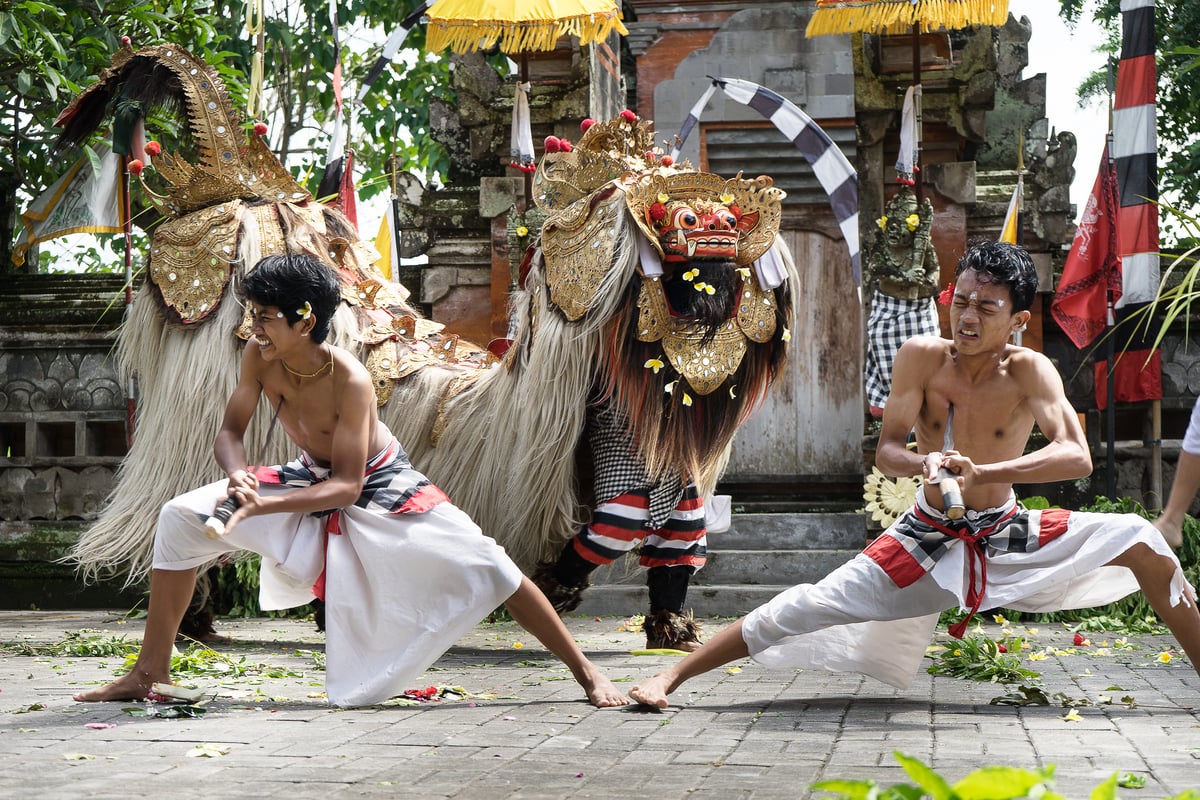
Barong and Kris Dance Bali. Bali, often referred to as the Island of the Gods, is a place where spirituality and culture intertwine in every aspect of life. One of the most captivating expressions of this rich cultural tapestry is the Barong and Kris Dance, a traditional performance that brings to life the eternal battle between good and evil. This dance is not just a form of entertainment but a deeply symbolic ritual that reflects the values, beliefs, and history of the Balinese people. In this article, we will delve into the origins, significance, and experience of witnessing the Barong and Kris Dance in Bali.
The History of the Barong and Kris Dance in Bali

The Barong and Kris Dance is one of the most iconic and revered traditional performances in Bali, deeply rooted in the island’s cultural and religious heritage. This dance, which dramatizes the eternal struggle between good and evil, has a rich history that reflects the evolution of Balinese spirituality, mythology, and performing arts.
Origins and Significance of the Barong and Kris Dance
The Barong and Kris Dance is rooted in Balinese Hindu mythology, which is a blend of indigenous animist traditions and Hinduism, brought to Bali from India over a thousand years ago. The dance narrates the story of the eternal struggle between the forces of good, represented by Barong, and evil, represented by Rangda.
Barong is a mythical creature resembling a lion, considered the king of the spirits and a protector of villages. Barong embodies positive forces and is often depicted with a friendly, playful demeanor, dancing with a light and graceful movement despite his large, elaborate costume. The figure of Barong is believed to be a guardian spirit that brings health, prosperity, and protection to the community.
Rangda, on the other hand, is the terrifying queen of demons, often portrayed with long, flowing hair, a fearsome face, and sharp claws. She represents the destructive forces of chaos and evil. According to legend, Rangda was once a powerful queen who turned to black magic after being wronged, and she now commands an army of demons to bring ruin and despair.
The dance represents the balance between these two forces, reflecting the Balinese belief in the duality of life—where good and evil coexist, and neither can exist without the other. The Barong and Kris Dance is thus not only a dramatic performance but also a spiritual act of maintaining balance and harmony in the universe.
The Dance Performance: A Journey Through Mythology
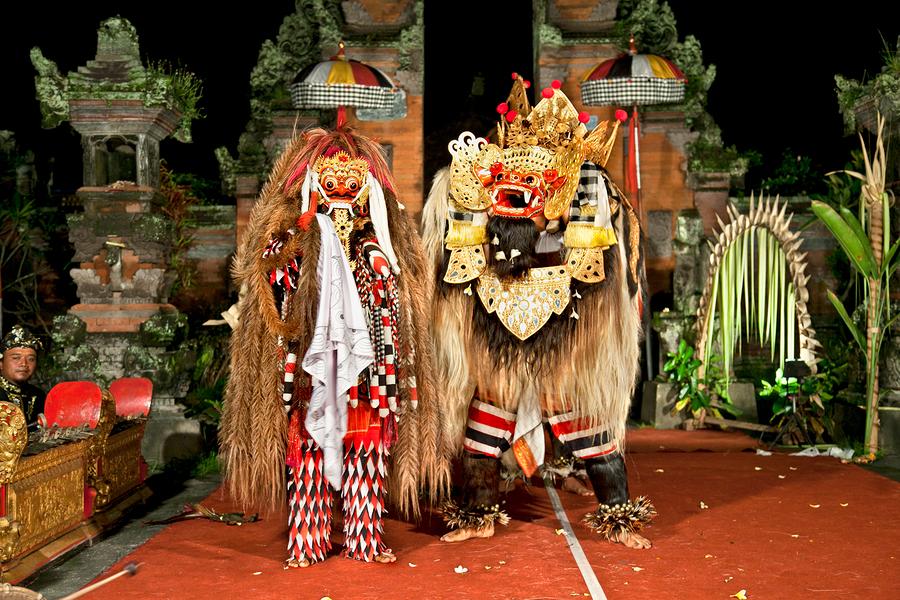
The Barong and Kris Dance is typically performed in temple courtyards and open-air stages, often as part of religious ceremonies or cultural events. The dance is accompanied by a traditional gamelan orchestra, whose rhythmic and sometimes haunting music adds to the mystical atmosphere of the performance.
The Dance Begins:
The performance begins with the appearance of Barong, who dances onto the stage with his entourage of playful monkeys. Barong’s entrance is often joyful and light-hearted, engaging the audience with his antics. This is followed by the entrance of Rangda, whose dramatic appearance shifts the mood to one of tension and suspense.
As the dance unfolds, the narrative centers around the conflict between Barong and Rangda. The two characters engage in a series of battles, with Rangda using her dark powers to summon her demonic followers, while Barong calls upon his protective spirits. The choreography is intense, with elaborate costumes and masks adding to the visual spectacle.
The Kris Dance:
One of the most dramatic moments of the performance is the Kris Dance, named after the traditional Kris dagger, a wavy-bladed weapon that is both a tool and a symbol of spiritual power in Bali. During this segment, Rangda casts a spell over a group of warriors, causing them to fall into a trance. Under her influence, the warriors turn their Kris daggers upon themselves, attempting to stab their own bodies.
This moment is a test of faith and purity, as the warriors are protected by the power of Barong. Despite their efforts, the Kris daggers fail to penetrate their skin, and the warriors remain unharmed. This part of the dance is deeply symbolic, representing the triumph of good over evil and the protective power of divine forces.
The trance state, known as “kerauhan,” is a real phenomenon in Balinese culture, where participants enter a state of altered consciousness, often during religious ceremonies. The Kris Dance is a powerful display of this spiritual state, showing the deep connection between the performers, the characters they embody, and the divine forces they represent.
The dance concludes with the final battle between Barong and Rangda, with neither side achieving a definitive victory. This ending reflects the Balinese belief in the cyclical nature of life and the ongoing struggle between opposing forces. The audience is left with a sense of awe and reverence for the spiritual themes that the dance explores.
The Experience of Watching the Barong and Kris Dance
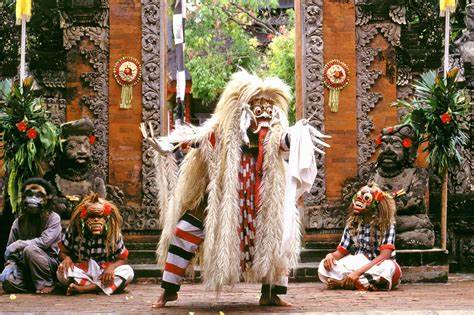
Watching the Barong and Kris Dance is more than just attending a cultural performance; it is an immersive experience that offers insight into the spiritual and cultural heart of Bali. The dance is rich in symbolism, and even if one is not familiar with the intricacies of Balinese mythology, the power of the performance resonates on an emotional and spiritual level.
The dance is often performed in the early morning or late afternoon, with the natural light adding to the atmosphere. The stage is usually adorned with traditional Balinese decorations, including offerings, colorful banners, and intricate carvings. The setting itself, whether in a temple courtyard or a dedicated performance space, enhances the sense of being part of something sacred and timeless.
The gamelan orchestra plays a crucial role in the performance, with its rhythmic percussion, gongs, and metallophones creating a soundscape that is both hypnotic and dynamic. The music guides the dancers, reflecting the shifts in mood and energy throughout the performance. The interplay between the music and the dance is seamless, with each enhancing the power of the other.
The costumes and masks used in the Barong and Kris Dance are works of art in themselves. Barong’s costume is elaborate, with layers of fabric, fur, and intricate patterns, while his mask features expressive eyes and a wide mouth. Rangda’s mask is equally detailed but in stark contrast, with a fearsome expression and wild hair. The warriors’ costumes are traditional Balinese attire, and the Kris daggers they wield are often family heirlooms, adding to the authenticity and significance of the performance.
The Spiritual Impact:
For many, the Barong and Kris Dance is a deeply moving experience. The themes of the dance—balance, protection, and the eternal struggle between good and evil—resonate on a universal level. The trance state of the Kris Dance, in particular, is a powerful reminder of the close relationship between the Balinese people and their spiritual beliefs. It is not uncommon for audience members to feel a sense of connection or even a shift in their own energy as they witness the dance.
Where to Experience the Barong and Kris Dance in Bali
The Barong and Kris Dance is performed in various locations across Bali, each offering a slightly different interpretation and setting for the dance. Some of the most popular places to watch the dance include:
- Batubulan Village: Located near Denpasar, Batubulan is famous for its daily performances of the Barong and Kris Dance. The village is known for its stone carvings and traditional arts, making it an ideal setting for the dance.
- Ubud: Ubud is a cultural hub in Bali, and several venues here offer performances of the Barong and Kris Dance. The Ubud Palace is a particularly popular location, where the dance is performed in a historical and regal setting.
- Sukawati: Another village known for its cultural performances, Sukawati hosts the Barong and Kris Dance in a more intimate and traditional environment.
Each of these locations offers a unique experience, but the essence of the dance remains the same, rooted in the deep cultural and spiritual traditions of Bali.
The Barong and Kris Dance is more than just a traditional Balinese performance; it is a powerful expression of the island’s rich cultural and spiritual heritage. The dance encapsulates the eternal struggle between good and evil, a theme that is central to Balinese belief and life. Through its captivating choreography, intricate costumes, and hypnotic music, the Barong and Kris Dance offers an immersive experience that touches the soul and leaves a lasting impression.
For visitors to Bali, witnessing the Barong and Kris Dance is a must-do cultural experience. It provides not only entertainment but also a deeper understanding of the Balinese way of life, where spirituality is woven into the fabric of everyday existence. Whether you are drawn to the mystical aspects of the dance, the artistry of the performance, or the cultural significance it holds, the Barong and Kris Dance is sure to leave you with a sense of wonder and respect for the island’s enduring traditions.


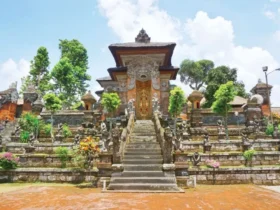
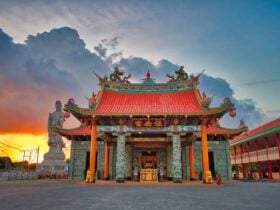
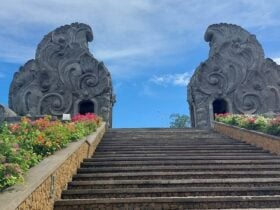

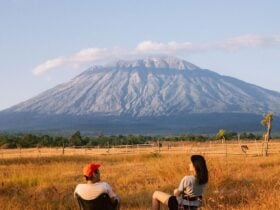

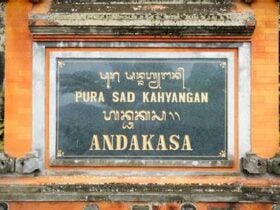
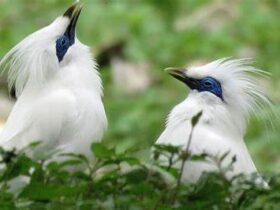
Leave a Review